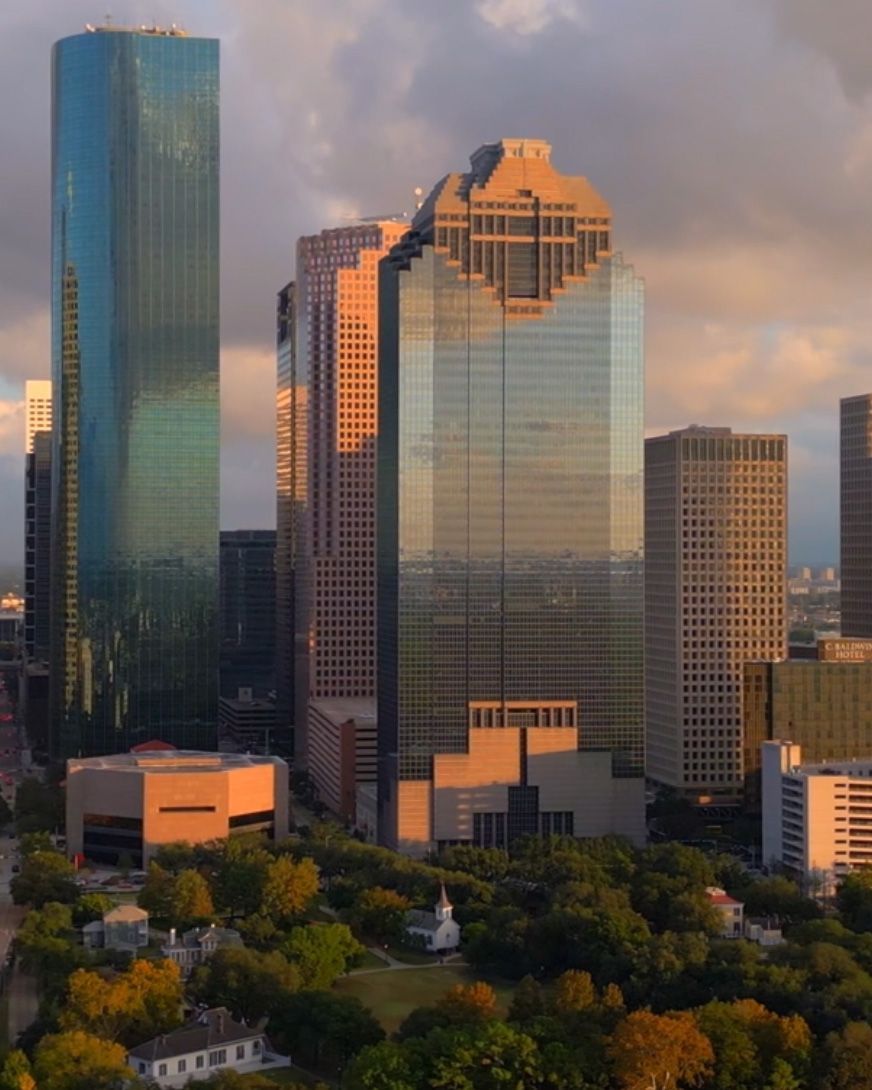How to Avoid Sun Glare Accidents
LAW BLOG •
Driving can be difficult in many conditions, and the sun can cause serious problems for drivers in some situations. Sun glare occurs when the sun’s light reflects off of surfaces near the road, impairing drivers’ vision and creating the perfect conditions for a serious car accident. Sun-glare accidents are most common during the colder months when the trees lose their leaves, resulting in less cover from the sun’s light. Snow and ice accumulation on the roadside may also cause blinding glare to drivers approaching from certain angles.
Sun glare can happen very suddenly and may startle a driver. It can also persist for long stretches of road in some areas at certain times of the day. For example, driving next to a snow-covered field in the lowering light of the late afternoon can mean a blinding glare that persists for quite some time. Although a driver’s sun visor may offer some relief from sun glare coming from higher angles, they will not do much to mitigate glare emanating from closer to the road surface. The National Highway Traffic Safety Administration reports several hundred sun glare accidents each year in the U.S.
Who is Liable?
Unfortunately for a driver who experiences such an accident, the fault rests squarely on the driver. After all, you cannot sue the Sun for causing an accident. Every driver must exercise reasonable care in the operation of their vehicles, and this includes accounting for inclement weather, dangerous road conditions, and sun glare.
A driver can do several things to several things to reduce the chances of a sun glare accident, including:
- Using the sun visor when appropriate. Although the visor may not block glare coming from inside a vehicle or outside near the road surface, the visor can block direct sunlight and make it easier to see.
- Keeping the windshield and dashboard clean. A dirty windshield can obstruct a driver’s vision and make sun glare even more difficult to handle.
- Altering the driving route to avoid driving with sun glare. If you are driving due west in the evening hours, you are far more likely to encounter sun glare than you would if you change direction. Turn off from your usual route and try an alternative way to reach your destination that has more tree cover or moves you out of the path of direct sunlight.
- Wearing polarized sunglasses that can reduce glare. These sunglasses cut down on glare and can make it easier to see in difficult lighting conditions.
- Allowing more space between vehicles on the road. Sun glare can make it difficult to judge the distance between your own vehicle and others. Allow a larger buffer between vehicles so you have adequate time to stop if necessary.
- Waiting for sun conditions to change before driving. Unless you absolutely have to reach your destination as soon as possible, it doesn’t take very long for lighting conditions to change. Waiting half an hour to an hour before leaving can reduce sun glare to more tolerable levels.
All of these things are simple ways to avoid sun glare accidents. If another driver hits you and expects you to understand that sun glare was to blame, contact a personal injury attorney to discuss your options. Sun glare is an avoidable hazard, and drivers have a duty to operate their vehicles with reasonable care. A driver who causes an accident due to sun glare will absorb liability for the resulting damages.
If you sustain injuries and other damages due to a sun glare accident, it’s a good idea to contact an attorney. Even if you suspect you are at fault for the accident, your attorney may be able to identify other factors that mitigate your level of liability and may even offer avenues of recovery for your losses.
The post How to Avoid Sun Glare Accidents appeared first on GES Injury Attorneys.
Every state limits the amount of time you have to file a claim.
Don't Delay.
Contact the Attorneys at Gordon & Elias, LLP Today to preserve your right to a recovery.
Contact Us
We will get back to you as soon as possible.
Please try again later.
100% FREE CASE EVALUATION
Free Consultation • No Fee If No Recovery
Houston Office

1811 Bering Dr, #300
Houston, TX 77057
Rio Grande Valley Office

135 Paseo Del Prado, #50
Edinburg, TX 78539
Call: 956.664.9999
Fax: 956.644.1980

